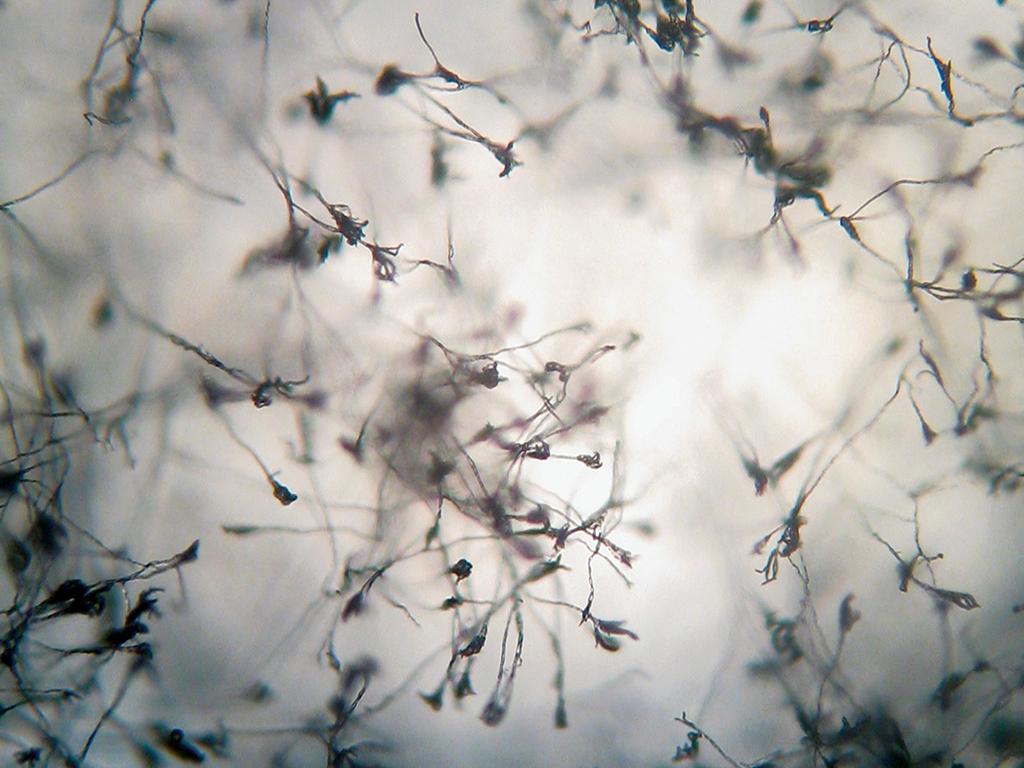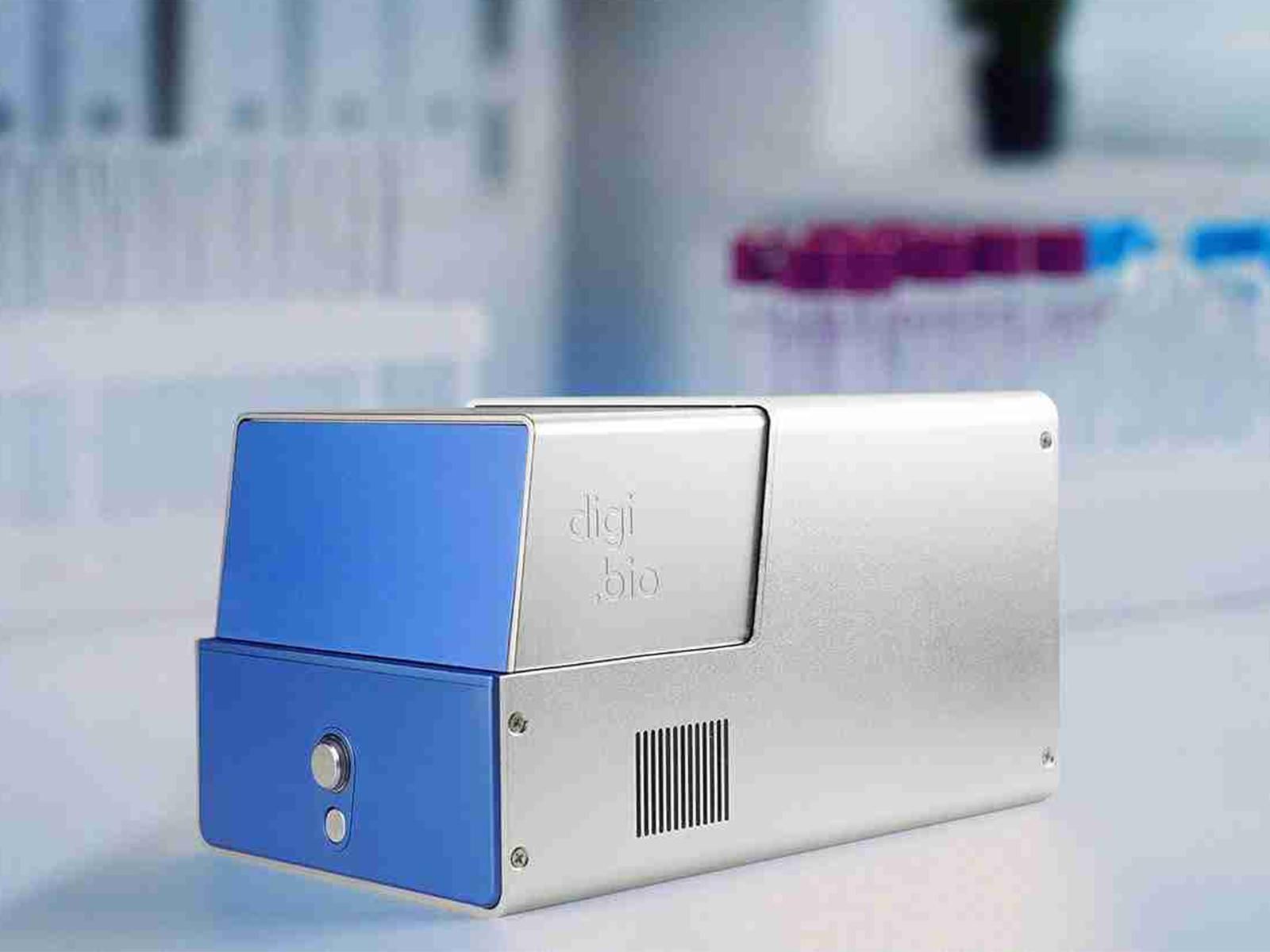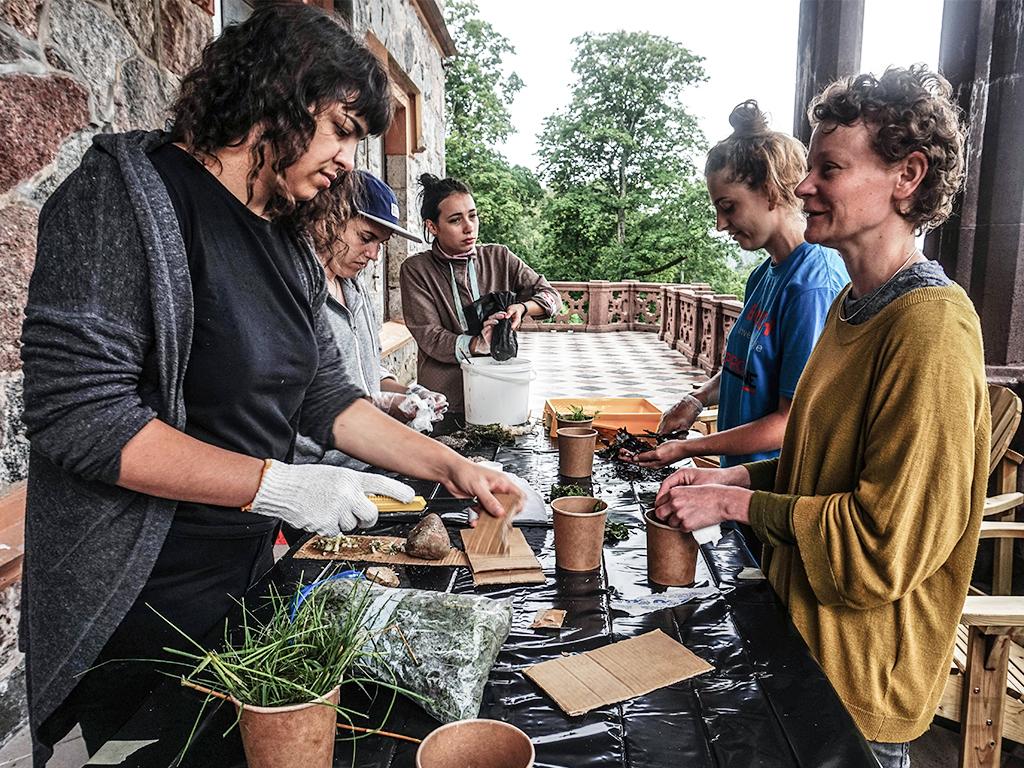The final project for the minor ‘digital craft’ at the Willem de Kooning Academy stated: “Use an element of the cell phone and create a new way of communicating around it". The students have chosen several directions to work this out, but I have taken a less obvious starting point: the pathogens on your mobile.
The smartphone plays an important role in our lives, we cannot seem to live without them. The moment the phone is lost or has a flat battery a kind of panic arises, because we might miss out on that one telephone call or that interesting Facebook message. But, from several surveys it can be concluded those precious objects that we keep so close to us are a rich source of pathogens.
That our phones are so full of bacteria may not be so strange after all, as for every cell in our body there are ten times the amount of bacteria. We are known with this fact, but rather not want to be confonted with it. But bacteria are so much more than just the origin of diseases. 'Biodesign' or 'bioart' is named often these days. Bio technology is developing rapidly and in many areas and disciplines overlaps are emerging. This is a field I wanted to immerse myself in, as I wondered how biodesign could be an asset within graphic design and started to study this.
To get a better picture, I went to the Open Wetlab and with the help of Pieter van Boheemen, I grew bacteria and fungi cultures from several cell phones. If you look at these cultures through a microscope, fascinating patterns and designs are revealed, that possibly can be used to design e.g. a phone cover.


